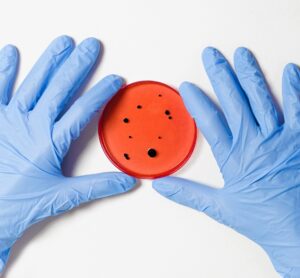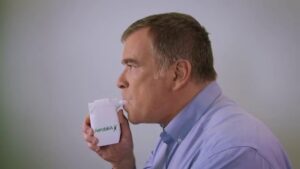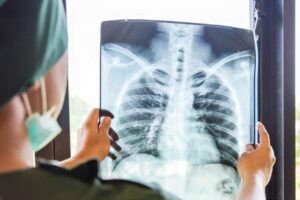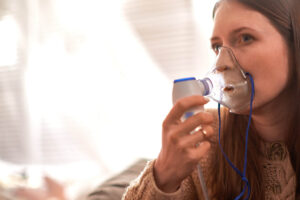Exercise brings enormous benefit to those that practice it. Whether you live with a lung condition or not, regular exercise improves fitness, mental wellbeing and sleep. It can also be an excellent way to control appetite along with a healthy diet.
Our lungs have huge reserve at rest and can cope with more stress than we think. Let’s dig a little deeper…
In a moderately fit person, the amount of oxygen the body needs when exercising increases 10 times! In a conditioned athlete, it can be 20 times. Our muscles are the engines of the body and when exerted they produce higher levels of carbon dioxide (CO2), a waste gas produce in metabolism. The lungs play a crucial role in oxygen uptake and blowing out all that excess CO2.
The first thing you will notice when you exercise is your breathing becomes faster and deeper. As a result, the amount of air moving in and out increases – this happens automatically as your body detects higher CO2 levels in your blood and recognizes the urgent need to remove it from the body (too much CO2 in the blood is dangerous).
How do my lungs meet the demand of the muscles?
Remember the huge reserve? Your heart is pumping stronger and faster. Your lungs receive more blood from the heart hungry to pick up oxygen. Luckily your deeper breaths are now using previously ‘sleeping’ parts of your lungs which are not normally used to taking up oxygen and get it to your bloodstream.
I have bronchiectasis. Is there a danger to exercising?
It is likely you have had lung function tests (or pulmonary function tests – PFTs). Always speak to your doctor about taking exercise appropriate to your lung health and function. Ideally you should exercise to the point of getting sweaty / clammy. Stop. Take a rest if you get breathless then carry on. Don’t exercise to the point of lightheadedness. A controlled environment like a treadmill / stationary bike in a gym is ideal. Ask us about our pulmonary rehabilitation program – you may be a good candidate for this program.
Beneficial effects of exercise on airway clearance
The physical movement of exercising – the shaking, turning, jumping, impact on the ground literally shakes up secretions to areas of the lung where you can cough it out. Deeper breaths and more rapid expulsion of air from the lungs helps remove secretions impacted in small airways of the lung. Exercising regularly keeps small airways clear and reduces the chance of stagnant secretions getting infected.
What are the mental effects of exercise?
Any physical activity leads to endorphins being released in your body which in turn press the right buttons in your body to make you feel good. Keeping up regular exercise, at least 15 minutes per day, can reduce long term anxiety and improve your mood. It doesn’t necessarily matter what exercise you do as long as you enjoy it and stick with it. Witnessing your improvement in fitness or strength over time will give you more motivation to carry on with it so keep going!
Breathing control
We don’t really think when we breathe. It just happens. When people living with bronchiectasis (and many other lung diseases) exercise, breathing can become erratic and inefficient. Our breathing is controlled primarily by our diaphragm (the large muscle separating our chest and abdomen). Regular exercise helps you develop a habit of deep, rhythmic breaths in sync with the exercise you are doing. Someone who has never exercised before can commonly hyperventilate, take shallower breaths and use smaller more inefficient muscles to breathe. Breathing control built through exercise will help you through all your activities of daily life.
